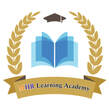|
Introduction:
India is the country of villages. More than seventy five per cent population lives in the villages. The rich culture of the country is maintained only in the rural India due to which people of the world have accepted and welcomed the Indian culture. Ruralites of the country have maintained the culture and have created a way to the people for their happy and peaceful life. Rural families give support, love, affection self belongingness and we feelings to their members. They also give social security and satisfaction to their members. The family institution satisfies their basic and socio-psychological, educational, professional, occupational needs. The personal, familial, social and occupational problems of the members are also resolved in the process. In short, the responsibilities of the family members are accepted and the social duty is performed by them sincerely, honestly with love and affection. However, industrialization, urbanization, westernization, technological development and globalization are bringing changes in the rural society in India today. Introduction
Students of Centers of higher education must be exposed to the realities of the society. All centers of learning have to create opportunities to expose the students to social problems and sensitize them to the issues confronting the less privileged. Field action projects provide an ideal ground to operationalise these objectives. More importantly the primary function of Universities is to build knowledge. Field action and disseminate projects make a valuable contribution in the creation of practical knowledge. Field Action Project: It’s Importance To Social Work Practicum And Training: Our Experiences9/19/2016 Field Action project, also more agreeably known as Field work projects, is an essential part of Social Work Practicum. Social Work can also be called as an empirical science which draws more on the practical aspect than the theoretical. Moreover the emphasis lies on determining the level to which either theory or practice needs to be balanced.
Introduction:
Social Work Education is unique due to its practical nature. Apart from its theoretical inputs, it places emphasis on Practice. The Centre for Social Development (CSD) is a laboratory for social work students to apply theoretical aspects into practice. "Field Work Practicum (FWP) is a closely supervised educational internship in a social work setting that provides planned opportunities to apply theory taught in class-rooms to field situations, which, in turn, enhance classroom learning". (National Assessment and Accreditation Council (NAAC) Manual for Social Work Institutions). Bakul Foundation is a movement for volunteerism in India starting with the state of Odisha. It is an attempt to inspire people to volunteer by demonstrating the power of volunteerism, and to provide a platform for people to volunteer.
The main provocation for Bakul has been the cynicism in many people that change is not possible, and that they cannot bring about any change with their small individual contributions. They had this cynicism because they could only contribute in small ways and could not see how their small contributions could bring about any change. Hence, the attempt of Bakul is to demonstrate the power of these small contributions, and encourage more and more people to "Be the change they wish to see" as Gandhi put it. I was listening to the story of Dr. Parameshwara Rao of Andhra Pradesh who took initiative in establishing a rural development organisation, namely Bhagavatulu Charitable Trust (B.C.T), and struggled very hard to give a shape to the organization and its programmes. Dr. Rao had studied both in India and in America, and secured his doctorate abroad. To the astonishment of his professor in America and to the shock of his relatives in India, Dr. Rao, instead of accepting some highly remunerative and prestigious position in some Institute of higher education in India, decided to stay in the villages and work with the villagers for total development of his people. He has struggled for quite some time in efforts to convince even his close relatives and friends about the inevitability of the enlightened people's involvement in rural development.
When Sangayya Rachayya Hiremath and his American wife, Shyamala, arrived at Medleri, a remote village in Karnataka`s Dharwad district, three years ago, they were met by scorn and mirth from the villagers. Speaking for the village, Shivappa Halliki, a teacher in nearby Aremallapur village said: "We gave them only a few months to get disgusted and go back to America. This would be like a short holiday."
The Background
Soon after the launch of the MSW programme at the MGCSW in August, 2010, when observation visits and transact walk in the area started and field work placements were being finalized in a few villages during 2010-2012, the problem of quality of primary education attracted the attention of faculty and students. Problems of absentee teachers, untrained teachers, shortage of teachers, drop outs, low level of motivation adverse media reports, and coaching of students were well-known which were affecting quality. Examination results of the secondary and senior secondary schools run by the Government and even private schools were poor. A few examination centres in the State had shown zero results. The overall pass percentage in the area where the MGCSW is located was less than 50 percent. This was so in the case of both the Government Schools as well as Private School. And this is happening in a state where the literacy level is higher than the national average. After having had my education in India necessary for my academic career - as well as having imbibed "education in human values" from mothers' milk - I landed for about 43 years ago in a country quite unknown to many of my fellow countrymen. In the 60's very few knew about this land and very few had heard about its capital "Wonderful" Copenhagen, its attractions like Tivoli, the Lego bricks and of course one of its famous legends – the story teller Hans Christian Andersen, well known for his fairy tales which even today enchants children all over the world.
Global stressors that are impacting on the rural community life such as energy stress as a result of scarcity of conventional oil; economic stress as a result of global economic instability and widening income gaps between rich and poor; demographic stress from differentials in population growth rates between rich and poor societies and from expansion of mega-cities in poor societies; environmental stress from worsening damage to land, water forests, and fisheries; and, finally the climate stress from changes in the composition of Earth's atmosphere. The cumulative effect of the above variables contributes t the growing risk of a cascading collapse of systems vital to our human wellbeing - a phenomenon Thomas Homer-Dixon calls as "synchronous failure" (2011). Consequently communities are expected to do everything in order to avoid such outcomes, today. In sequence, this paper addresses three areas:
http://youtu.be/qurJOnIq31E Run time: 37 mins About the title, there was a popular Hollywood film with the title – Great Train Robbery, Perhaps based on a well-known detective novel. So, I was inspired by that title, in choosing the title for this note, “Robbery” is obviously inappropriate for the title. Having looked up the dictionary for the meaning of the words “Plagiarism” and “Piracy” I chose the word ‘piracy’ in preference to the word “Plagiarism” widely used in academic literature and by the publisher’s disclaimers. Here is the meaning of the word “piracy” : the unauthorized use or appropriation of patented or copyrighted material or ideas etc. (The new Collins Concise English Dictionary, Rupa and co 1982 Indian edition).
Social work researchers often refer books which are not worthy to be referred. Professor Shankar Pathak, who retired from the Delhi School of Social Work ( now Department of Social Work at the Delhi University), recently brought to the attention of social work fraternity the "social work academic piracy " through a privately circulated letter. A writer of impeccable academic and professional integrity, Professor Pathak has exposed the wholesale piracy of a multi-volume Encyclopaedia of Social Work brought out by a private institute based at Lucknow. Encyclopaedia is a very serious academic effort needing enormous organizational and academic co-ordination. But copying others' works does not need any serious effort. Only two requirements for such an enterprise:(1)materials are to be identified for copying, and (2) unlimited confidence that the mass copying would not be noticed, and if noticed no one would bother about it.
The Platinum Jubilee of social work education in India was observed in 2011. But there is nothing to cheer about. Mushrooming of social work courses (BSW and MSW ); sub-standard distance education programmes barring the ones of IGNOU; no national association of social workers; no regulatory council; no certification for social work practice:...
Being with Desmond was a nice feeling, it was fun and I learnt a lot of thing both for my professional and personal life. Many things that he shared did not make meaning when I was with him. But later the meanings Unfolded and fell into the context. He was great because he was simple and practiced what he preached. My take away from Desmond is plenty and priceless. In different context and with different people I have enjoyed sharing my interaction with Desmond; here in this context I would like to share the following.
The voluntary sector in India has played a major role in rural development, through mobilising communities and catalysing people`s initiatives for change, as well as through direct implementation of interventions around specific issues.
Formal recognition of the role of voluntary organisations in the Seventh Plan documentled to the formation of the Council for Advancement of People`s Action and Rural Technology (CAPART) in 1986, as a nodal agency for catalysing and coordinating the emerging partnership between voluntary organisations and Government for sustainable development of rural areas. The professional social work education and the student social workers are familiar with the paradigmatic shift in the organization. We desire that social workers to be competent to offer quality services to the needy and participate in bringing about structural changes so as to meet the challenges known us during the modern times, and in the light of changing ideologies. We have to deliberate on the requirements for improving the quality and competency of the social work professionals.
Myth 1: Anyone who has a kind heart can be a social worker.
Fact: Social workers are highly skilled professionals who have a university degree in social work at the bachelor's, master's or doctoral level. Myth 2: Social workers work only with people who are "down on their luck". Fact: Social workers provide services to people from all age groups and from all social and economic backgrounds. Today's fast moving globalize world with advanced science and technology has failed to break the iceberg in man's mind regarding cancer. It is so unfortunate that even the elite educated group has failed to understand that cancer is a non-communicable disease. The myth and stigma attached to it have unchanged in the long run of a civilized society.
There was a major debate during the 1960's among professional social workers, especially social work educators on the issue whether Labour Welfare (L. W), Personnel Management (P.M) and Industrial Relations (I.R) was a field of social work. The Association of Schools of Social Work in India (A.S.S.W.I) decided to appoint a committee to deliberate on this issue and submit a report. The members of the committee were: Prof. M. Vasudeva Moorthy, at that time Head, Dept. of Social Work and Sociology, Andhra University, and was earlier at the Tata Institute of Social Sciences (T.I.S.S) teaching Social Pathology and L.W.P.M.I.R. as it was known in abbreviation.
Introduction:
The Human life cycle moves through various stages from the immaturity of childhood to the maturity of adulthood and then the senility of old age. Every Stage is characterized by certain concomitant changes in the physical, emotional as well as the social realms (Pai, 2000) Of these stages the last one, that is old age had failed to attract the attention of the society until recently. This was apparent even from the vocabulary of social welfare, for, though included the terms like destitute, dependents and vulnerable groups, connoting children, women and to certain extent the youth, it had not considered the aged. Even the British Medical Association confirms the considerable indifference shown toward ‘Geriatric Medicine denouncing it as a second-rate speciality, looking after third-rate patients in fourth-rate facilities’ (BMA, 1986 P.4) Two models of social welfare are usually mentioned in historical reviews of social welfare and also in the contemporary literature on the subject. The dominant and popular model is usually referred to as the remedial or residual model which is contrasted with the other model described variously as the institutional/institutional-redistributive or developmental model of social welfare. It is frequently argued by some wellknown Western and Indian writers that the latter model is more suited to the countries of the third world which includes India.
The Paradoxical Commandments were written by Kent M. Keith in 1968 as part of a booklet for student leaders. This website provides information about the origin of the Paradoxical Commandments and the many places they have been sighted over the years. You can purchase books and products based on the Paradoxical Commandments, join the "Live the Paradoxical Commandments Anyway" Facebook page, and share your storyabout how the Paradoxical Commandments have made a difference in your life. You can also learn about the author and contact him directly.
Ageing is an inevitable, natural phenomenon. Every second two persons in the world complete their sixtieth birthday. By 2050, the estimated total population of India will be 1,572 million and the 60-plus segment will be 324 million including 48 million oldest old (80 and above). The proportion of persons aged 60 and above is projected to grow by 326 per cent during 2000-2050, while the rate of increase of the total population will be 56 per cent. Quite strikingly, the 80+ segment will increase by 700 per cent. The proportions of the elderly population in 12 Indian states are in excess of the national average of 7.4 per cent and Kerala is on the top with 10.5 per cent of its population.
OLD AGE
Aging is a long term process of change for both individuals and populations. However, the concept and process of aging are surrounded by considerable controversy and suspect evidence. Human aging is a process of differentiation and individualization. Aging has two integral elements – intrinsic and extrinsic. Intrinsic aging means those age-related processes that are internal and specific to the individual, while extrinsic aging comprises those age-related changes that are brought about by external factors related to the physical and social environment of the individual (United Nations,1982 ). Older persons, who were born at a particular historical time, and in a particular region and society, belong to a cohort sharing similar social and historical experiences, life-styles and other characteristics which differentiate them from other older persons born at different historical periods in diverse social situations. Individuals derive social meanings and develop expectations regarding themselves, their families and their society as they grow older from these processes of aging and within the context of social, historical, cultural and economic situations. Paper presented in the National Conference on ‘Transforming the lives of the oppressed and the under privileged through social work’, 15th March 2013, Department of Social Work, Hindu College, Chennai
Today we have Twenty 20 Cricket match. We have fun and it’s thrilling. And it’s over in a few hours. You are famous overnight. Very much result oriented. Social Work is also increasingly being seen in the same manner by many – individual donors or CSR-Corporate Social Responsibility or govt or even a bilateral organisation. In this context, Michael Reisch aptly says that ‘social work practice is forced to shift from long term sustainability to short term outcomes’ (Michael Reisch, 2011)[1]. The face of ‘Social Work’ is forced to change by other agents who are behaving as ring masters than the wish of the stake holders. If we, the professional social workers succumb to this, soon all our theories of conscentisation, Community Organisation, Case work, etc may have to be restructured to suit the quick fix approach! |
Categories
All
Social Work Learning Academy50,000 HR PROFESSIONALS ARE CONNECTED THROUGH OUR NIRATHANKA HR GROUPS.
YOU CAN ALSO JOIN AND PARTICIPATE IN OUR GROUP DISCUSSIONS. MHR LEARNING ACADEMYGet it on Google Play store
|
SITE MAP
SiteTRAININGJOB |
HR SERVICESOTHER SERVICESnIRATHANKA CITIZENS CONNECT |
NIRATHANKAPOSHOUR OTHER WEBSITESSubscribe |
MHR LEARNING ACADEMY
50,000 HR AND SOCIAL WORK PROFESSIONALS ARE CONNECTED THROUGH OUR NIRATHANKA HR GROUPS.
YOU CAN ALSO JOIN AND PARTICIPATE IN OUR GROUP DISCUSSIONS.
YOU CAN ALSO JOIN AND PARTICIPATE IN OUR GROUP DISCUSSIONS.
|
|
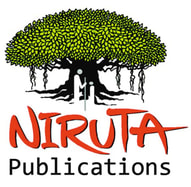
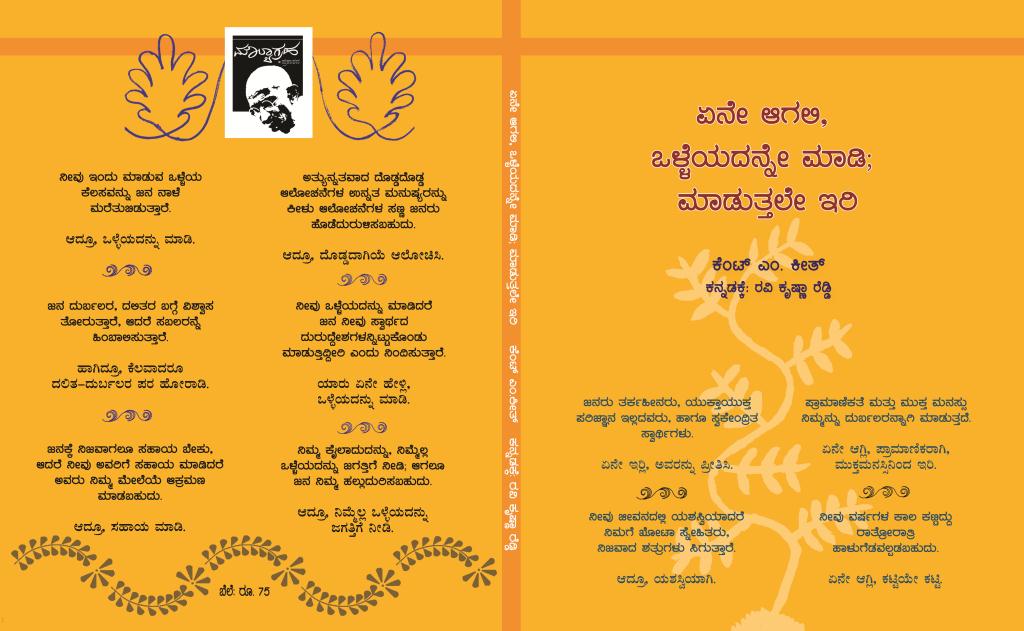
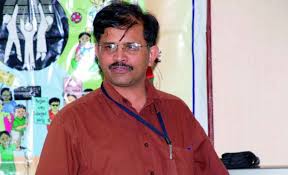


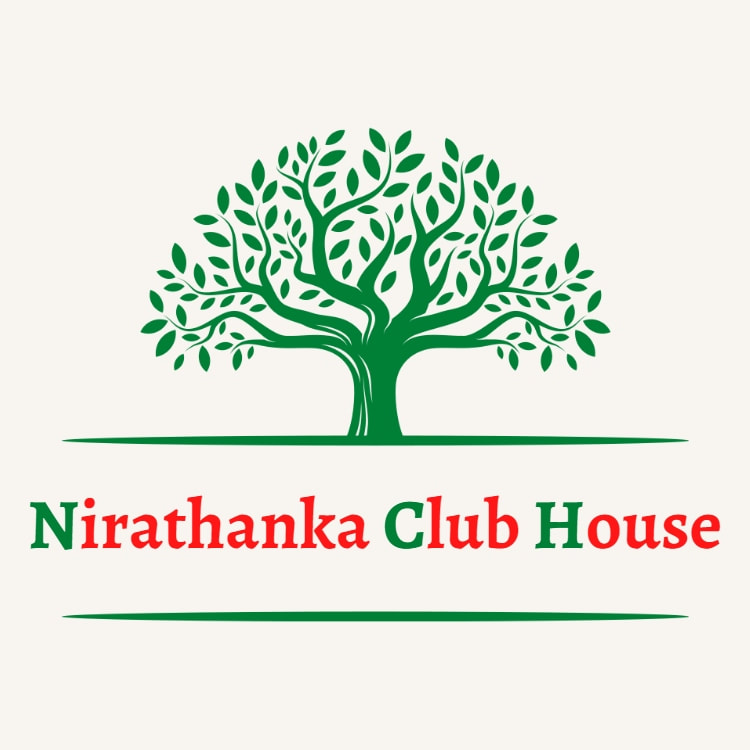


 RSS Feed
RSS Feed



